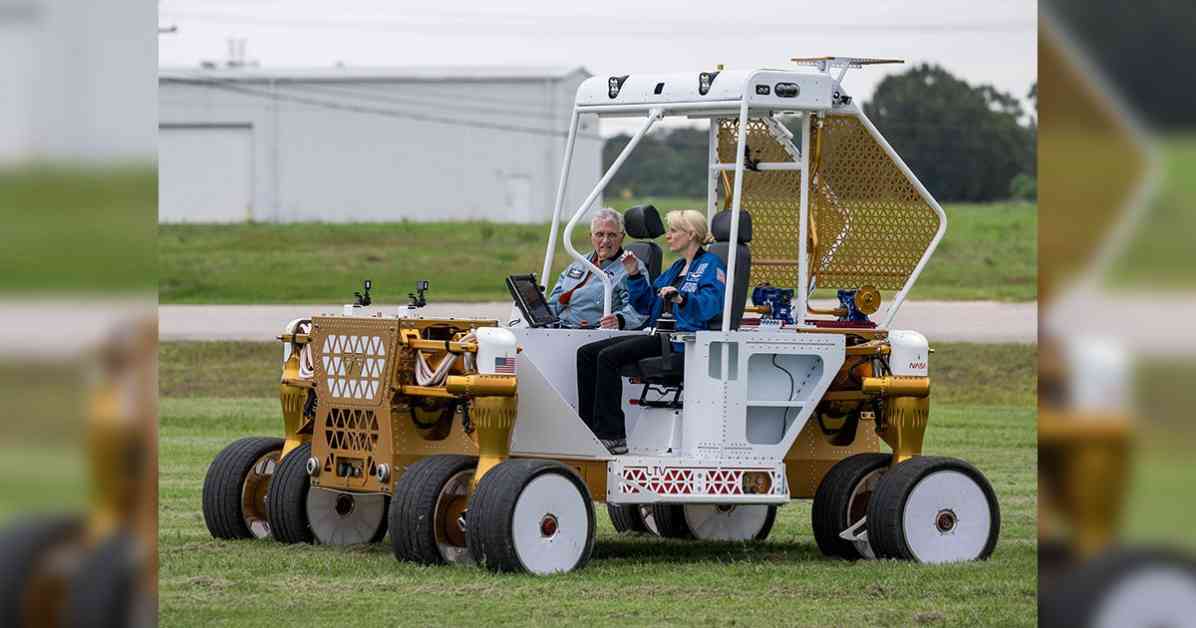NASA is gearing up for its first crewed lunar mission in fifty years by developing a new Moon rover prototype at the Johnson Space Center in Houston, Texas. The Ground Test Unit (GTU) is currently in the works and has already been tested by astronaut Kate Rubins and Apollo 17 pilot Harrison “Jack” Schmitt.
The lunar terrain vehicle (LTV) prototype has caught the eye of many due to its unique design, which seems to be a blend of a tractor and a golf cart. While NASA has not provided a clear explanation for this design choice, it has been revealed that the GTU was developed in partnership with three private companies: Intuitive Machines, Lunar Outpost, and Venturi Astrolab.
The purpose of the GTU is to assist NASA in testing and understanding rover operations on the lunar surface in preparation for the upcoming Artemis missions. This prototype is not intended for actual use on the Moon but will serve as a valuable tool for NASA to evaluate the capabilities of future lunar vehicles.
In addition to its primary function of carrying two astronauts, the GTU is equipped with remote operation capabilities, allowing it to be controlled from a distance. This feature gives it a futuristic edge, reminiscent of a Tesla that can be “summoned” autonomously.
As questions arise about the inspiration behind the design of the GTU, with its striking resemblance to a tractor and golf cart, NASA has yet to provide a definitive answer. However, the agency’s innovative approach to lunar exploration is evident in the development of this unique prototype.
NASA’s commitment to returning humans to the Moon has been met with enthusiasm and support from the scientific community. Despite setbacks such as the canceled Moon mission, researchers and experts continue to advocate for the importance of lunar exploration and urge Congress to reconsider their decision.
The GTU’s role in advancing NASA’s lunar ambitions highlights the agency’s dedication to pushing the boundaries of space exploration and paving the way for future missions to the Moon and beyond. With ongoing developments in lunar technology, the prospect of humans once again setting foot on the lunar surface is closer than ever before.













